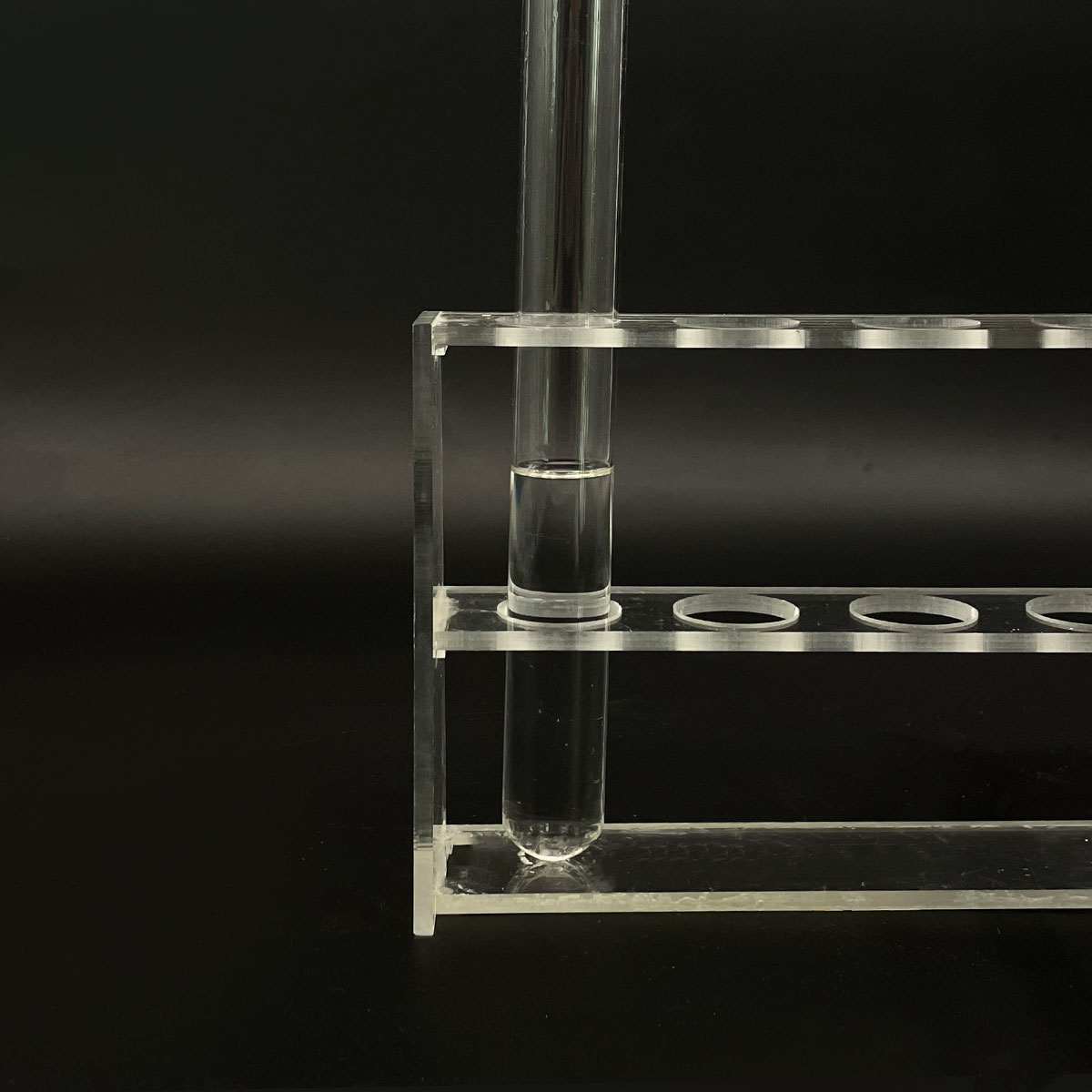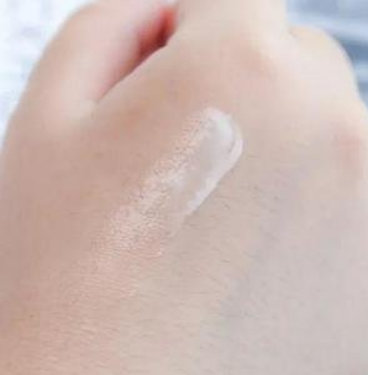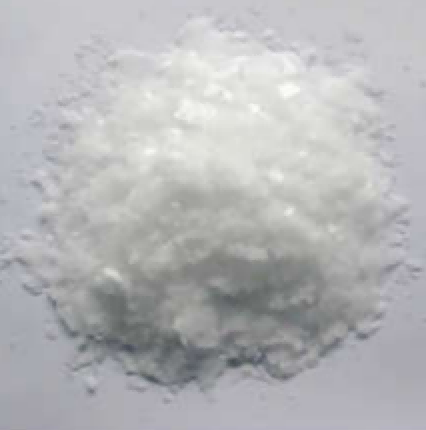1. Introduction
In the past 48 hours, a viral TikTok video highlighting ‘SLS-free’ skincare routines has sparked renewed consumer concern about sodium lauryl sulfate (SLS) in everyday products. With over 2 million views, the trend underscores growing demand for gentler, eco-friendly surfactants. If you’re wondering how to avoid or replace SLS without sacrificing performance, you’re not alone.

Sodium lauryl sulfate—also known as sodium dodecyl sulfate, sls sodium lauryl sulfate, or na lauryl sulfate—is a powerful anionic surfactant widely used in shampoos, toothpastes, and cleaners. While effective at removing oil and generating lather, it can cause skin irritation, especially for sensitive users. The good news? There are many safer, high-performing alternatives available.
2. Understand What a Surfactant Is
Before swapping ingredients, it helps to know the meaning of surfactant. Short for ‘surface-active agent,’ a surfactant reduces surface tension between liquids or between a liquid and a solid. This lets water spread more easily, lift dirt, and create foam.
Surfactants fall into four main types:
- Anionic surfactants (negatively charged): e.g., sodium lauryl sulfate, sodium laureth sulfate, ammonium lauryl sulfate
- Cationic surfactants (positively charged): e.g., cetyl trimethyl ammonium bromide (CTAB)
- Non-ionic surfactants (no charge): e.g., polysorbate 80, decyl glucoside, ethoxylated alcohol
- Amphoteric surfactants (charge changes with pH): e.g., cocamidopropyl betaine, also called coco betaine or amidopropyl betaine
Most SLS replacements combine anionic and amphoteric types to balance cleansing and mildness.
3. Common Problems with Sodium Lauryl Sulfate
Many users report dryness, redness, or itching after using products with sodium lauryl sulfate. This is because SLS strips natural oils aggressively. In herbicides or lawn care, SLS can act as a wetting agent for grass but may harm beneficial microbes if overused.

Additionally, confusion arises from similar names like sodium laureth sulfate (also called sodium lauryl ether sulfate or sodium lauryl ether sulphate). Though milder than SLS, it’s still an anionic surfactant and may contain trace ethylene oxide residues.
4. Step-by-Step Guide to Replacing SLS
4.1. Identify Your Product Type
Are you formulating shampoo, hand soap, or a weed killer? The best SLS alternative depends on use. For personal care, prioritize skin-friendly options. For agricultural surfactants (like surfactant for herbicides), efficacy and spread matter more.
4.2. Choose a Primary Surfactant
Replace SLS with one of these gentler anionic or amphoteric surfactants:
- Sodium cocoyl isethionate: creamy lather, ideal for solid bars
- Sodium lauroyl sarcosinate (or lauroyl sarcosinate): mild, foamy, great in toothpaste
- Sodium coco sulfate: derived from coconut, less irritating than SLS
- Decyl glucoside or coco glucoside: non-ionic, biodegradable bio surfactants
- Sodium cocoyl glutamate: amino acid-based, ultra-gentle
Avoid confusing sodium coco sulfate with ‘coco sodium sulfate’—the latter isn’t a standard term and may be misleading.

4.3. Boost Foam and Mildness with Co-Surfactants
Pair your primary surfactant with an amphoteric like cocamidopropyl betaine (also labeled coco amido propyl betaine). This combo enhances foam, reduces irritation, and stabilizes the formula.
For extra solubilizing power, add a non-ionic surfactant like polysorbate 80 or Span80. These are common in oil-in-water emulsions and help mix fragrance or essential oils.
4.4. Avoid Problematic Substitutes
Some brands replace SLS with sodium dodecylbenzene sulfonate—a harsher anionic surfactant used in industrial cleaners. Others use fluoro surfactants or copper 1 bromide, which raise environmental concerns. Stick to plant-derived or well-studied options like alkyl polyglucoside or sodium deoxycholate for niche applications.
Also note: methylated seed oil is sometimes added to herbicide surfactants but isn’t a surfactant itself—it’s a penetrant.
5. Where to Buy Safe Alternatives
If you’re a DIY formulator or small brand, look for reputable suppliers like Rohit Surfactants Private Limited, which offers sodium lauryl sulfate for sale alongside milder options like sodium lauroyl methyl isethionate and lignin sulfonate (a natural wetting agent).
Always request certificates of analysis to confirm purity—especially for ingredients like dodecyl alcohol or ethoxylated compounds, which can vary in quality.
6. Special Considerations for Lawn and Garden Use
Using sodium lauryl sulfate as a lawn wetting agent? While it works as a surfactant non ionic isn’t accurate—SLS is anionic. Better choices include nonionic surfactant blends or bio surfactants like rhamnolipids, which improve water penetration without harming soil health.
For weed killers, a mix of non-ionic surfactant and a touch of ammonium lauryl sulphate (or ammonium dodecyl sulfate) can boost adhesion without excessive phytotoxicity.
7. Conclusion
Replacing sodium lauryl sulfate doesn’t mean compromising on performance. By understanding surfactant types—anionic, cationic, non-ionic, and amphoteric—and choosing well-formulated alternatives like cocamidopropyl betaine, decyl glucoside, or sodium cocoyl isethionate, you can create gentler, effective products for skin, hair, or even your lawn. Always patch-test new formulas and prioritize transparency in labeling to build trust with users.
Our Website founded on October 17, 2012, is a high-tech enterprise committed to the research and development, production, processing, sales and technical services of ceramic relative materials such as How. Our products includes but not limited to Boron Carbide Ceramic Products, Boron Nitride Ceramic Products, Silicon Carbide Ceramic Products, Silicon Nitride Ceramic Products, Zirconium Dioxide Ceramic Products, etc. If you are interested, please feel free to contact us.


